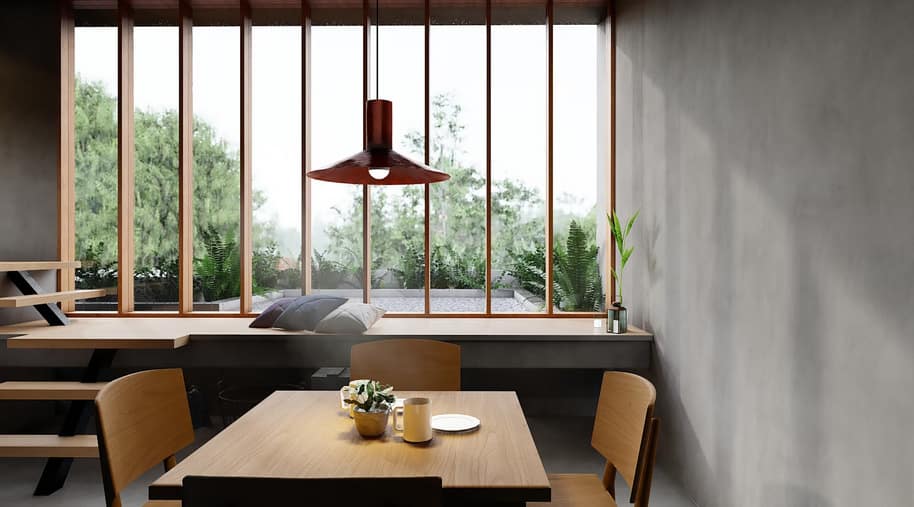
The Essentials of Biophilic Design: What You Need to Know to Bring Nature Into Your Home
Biophilic design is more than a trend; it’s a transformative approach that reconnects us with nature and enhances our well-being. By incorporating natural elements into our homes, we can create spaces that are not only visually appealing but also promote relaxation, productivity, and overall health. Understanding the core principles of biophilic design can help you bring the serenity and beauty of the natural world into your living space. This article’ll explore essential aspects of biophilic design to help you create a harmonious and nature-inspired home.
Embrace Natural Light
One of the cornerstones of biophilic design, according to aachener-zeitung.de, is maximizing natural light. Sunlight brightens a space and positively impacts our mood and energy levels. To harness the benefits of natural light, consider installing enormous windows, skylights, or glass doors that allow sunlight to flood your home. Orienting living spaces towards sunlight and using light-filtering window treatments can enhance daylight penetration while maintaining privacy. Additionally, strategically placed mirrors can help distribute light evenly throughout your home, creating a more inviting and uplifting atmosphere.
Bring in Plant Life

Plants are a vital component of biophilic design, offering numerous benefits such as improved air quality and stress reduction. Incorporating a variety of indoor plants can transform your home into a lush, green retreat. Consider using floor-standing planters, hanging pots, and wall-mounted shelves to display a diverse selection of plants. Choose species that thrive in your home’s light conditions and require minimal maintenance, such as pothos, snake plants, or ferns. For an added touch of creativity, explore vertical gardens or plant walls to make a bold statement and maximize your green space.
Incorporate Natural Materials
Integrating natural materials such as wood, stone, and bamboo into your home’s design is essential for achieving a biophilic aesthetic. These materials add texture, warmth, and a sense of authenticity to your interiors. Wooden floors, stone countertops, and bamboo cabinetry look beautiful and create a tactile connection to nature. Opt for sustainably sourced materials to align with eco-friendly principles and further enhance the natural ambiance of your space. Combining these materials with other design elements like greenery can create a seamless blend of nature and architecture.
Create Indoor-Outdoor Connections
Bridging the gap between indoor and outdoor environments is a fundamental aspect of biophilic design. Establishing visual and physical connections to the outdoors can make your home feel more expansive and integrated with nature. Use architectural features like sliding glass doors, open-air patios, or outdoor living areas to create seamless transitions between indoor and outdoor spaces. Adding elements such as water features, garden views, or natural landscapes can enhance the sense of connection and provide a soothing backdrop to your living environment.
Biophilic design offers a refreshing approach to creating a home that fosters well-being and tranquility by incorporating elements from the natural world. By maximizing natural light, using natural materials, incorporating plant life, and creating indoor-outdoor connections, you can transform your living space into a harmonious sanctuary that invigorates the senses and promotes a deeper connection with nature. Embracing these essential principles of biophilic design will enhance your home’s beauty and improve your overall quality of life, making your space a true reflection of nature’s serenity.…

